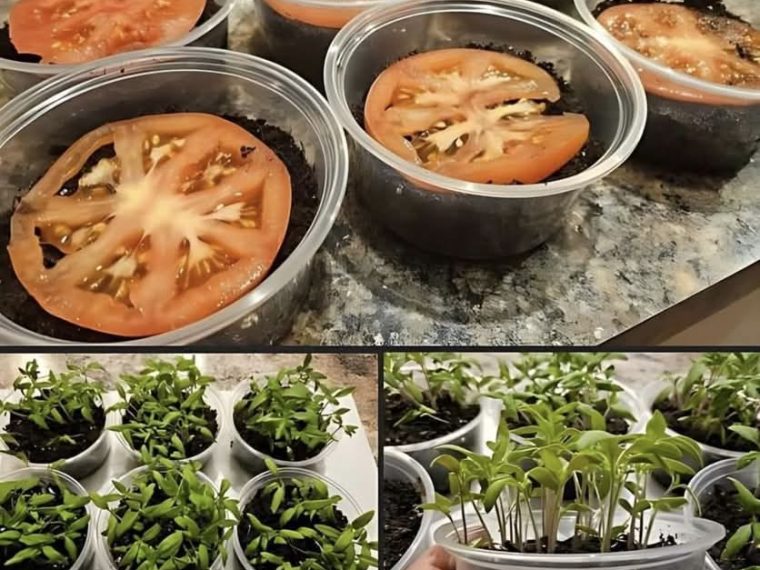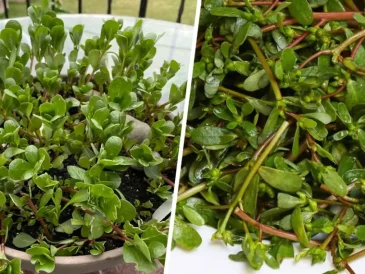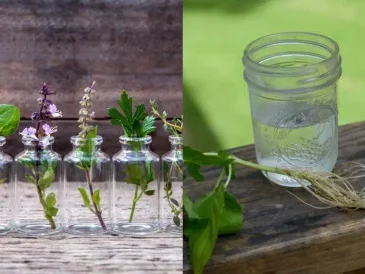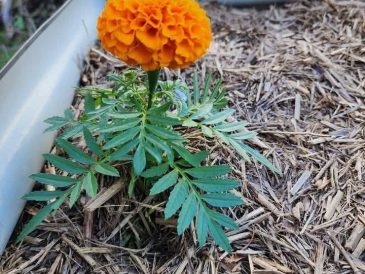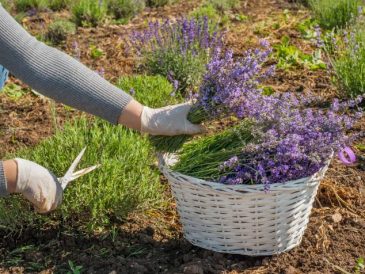If you’ve ever nurtured your tomato plants, eagerly watching them bloom, only to be disappointed by the lack of fruit, you’re not alone.
It’s a frustrating experience as you put in the time and effort, but instead of a bountiful harvest, you’re left with empty blossoms.
But there are reasons behind this common issue, and once you understand them, you can see your tomatoes produce the fruit you’ve been waiting for.
Temperature Extremes
Tomatoes thrive in warm weather, but temperatures below 50°F can really mess with their mojo.
When it gets too chilly, tomato plants might just stop growing or even drop their flowers. And without flowers, well, no fruit for you!
On the flip side, if it gets too hot – like above 85°F – your tomatoes might start to feel the heat stress. They could drop their flowers or stop producing them altogether.
But don’t worry, if you know a cold front is coming, you can protect your plants with frost fabric or a low tunnel
And if you’re in a super hot area, look for heat-tolerant varieties like solar fire and heatmaster that can handle the sweltering summer.
Poor Pollination
Tomatoes are self-pollinating but they still need a little help from the wind or buzzing bees to move the pollen around.
If you don’t have enough pollinators in your garden, or if the weather isn’t cooperating, your tomatoes might not get the pollination they need.
Water Stress
When tomatoes don’t get enough water, they can get all cranky and stressed out. The leaves start to wilt, and the plant just can’t focus on making those juicy tomatoes we all love.
But wait, there’s more! Overwatering is just as bad. If you drown your tomatoes, their roots can rot.
Rotten roots can’t take up the nutrients or water the plant needs, and you end up with sad, yellowing leaves and no fruit.
Nutrient Imbalance
Too much nitrogen is also a common culprit. If your tomato plants are all leaves and no fruit, they’re probably getting too much nitrogen.
This nutrient is great for leafy growth, but too much of it can make your plants forget they’re supposed to produce tomatoes.
On the flip side, potassium helps with flower formation, while phosphorus is crucial for fruit development and ripening.
Without enough of these, your plants might produce flowers that never turn into fruit.
When you’re planting, go easy on the nitrogen. Use a balanced fertilizer that provides all the essential nutrients.
If you’ve already gone overboard with the nitrogen, you can try flushing it out with a deep watering or adding a carbon-rich mulch to help neutralize the soil.
And don’t forget to add some potassium and phosphorus when your plants start to flower.
Pests and Diseases Troubles
Tiny insects love to suck the sap out of your plants, leaving behind a sticky residue called honeydew. Not only do they weaken your plants, but they can also spread diseases.
If you spot them, try blasting them off with water or using a soapy water spray. And hey, planting some marigolds nearby can attract ladybugs.
Next, let’s talk about spider mites. These guys thrive in hot, dry conditions and can quickly take over your plants.
To combat them, keep your plants well-watered and mist the leaves regularly. If they still show up, cover your plants with a row cover to create a humid environment that spider mites hate.

